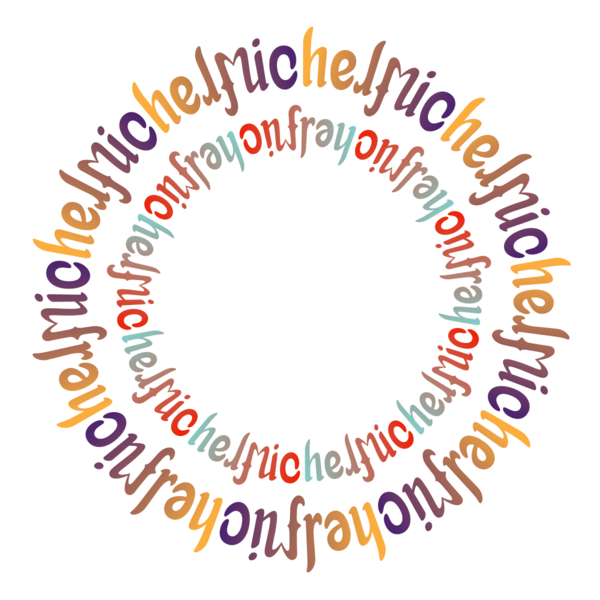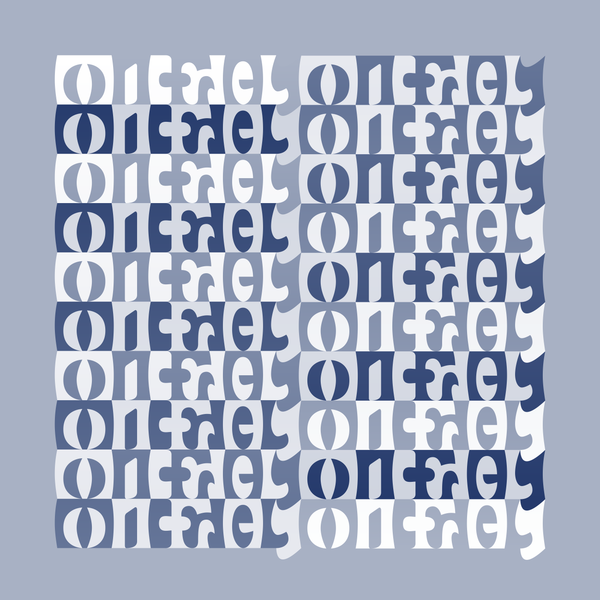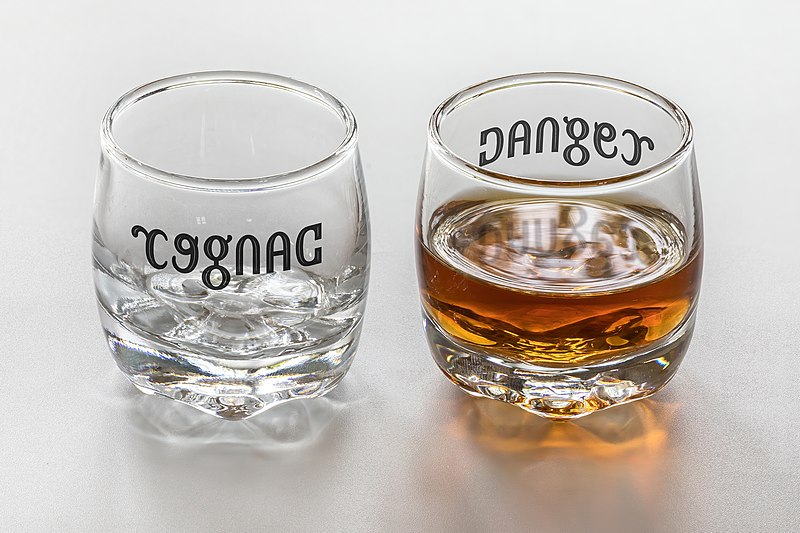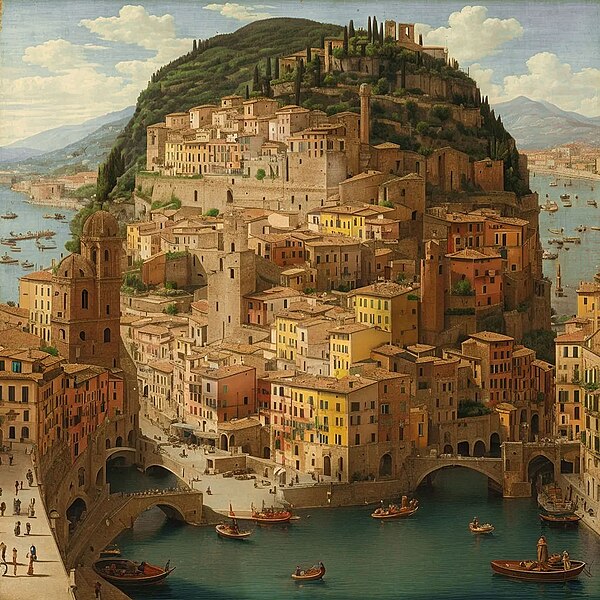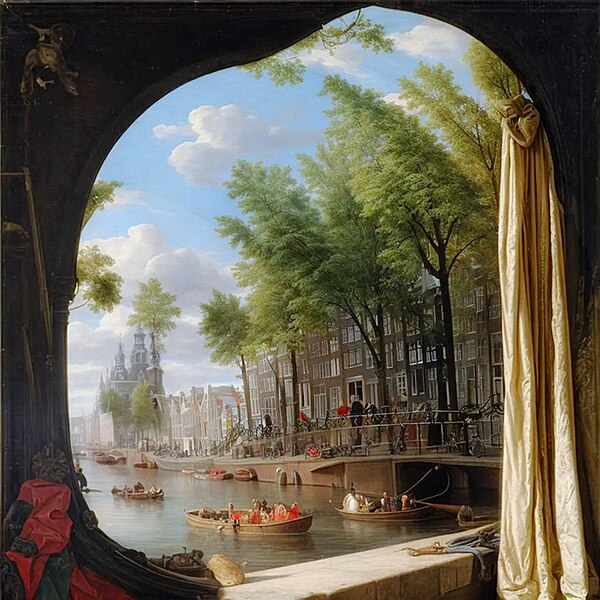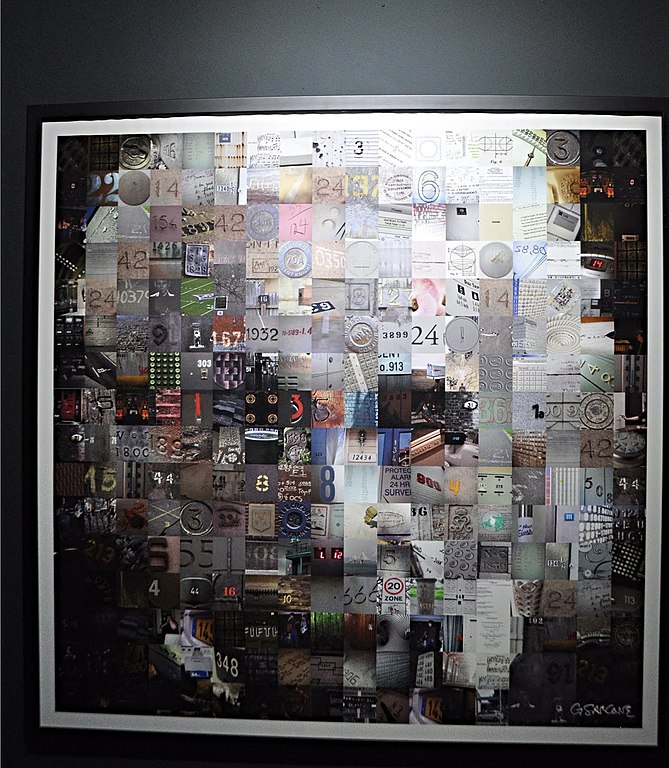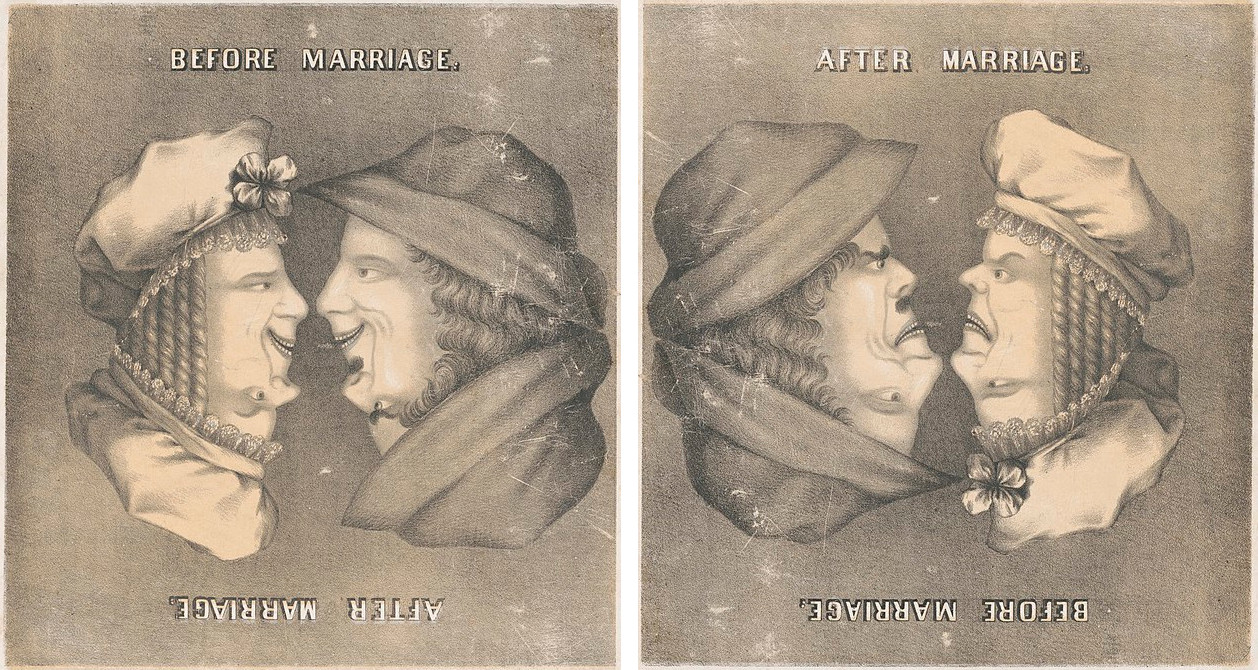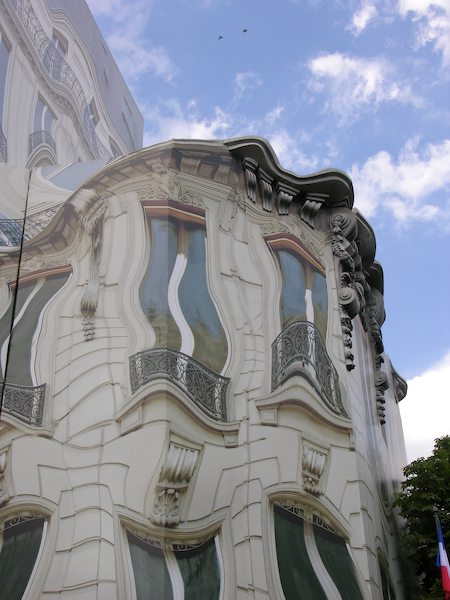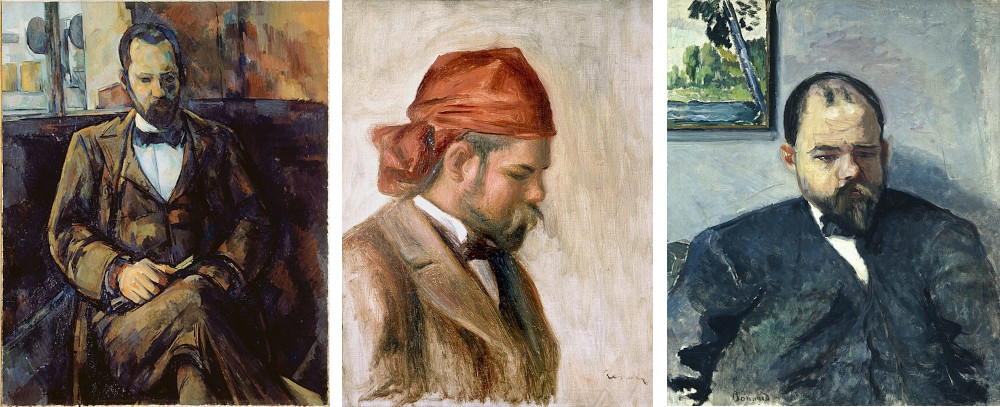In his Lives of the Most Excellent Painters, Sculptors, and Architects (1550), Giorgio Vasari notes that in January 1494, while Michelangelo was working on his first full-scale stone figure, “there was a heavy snowfall in Florence and Piero de’ Medici, Lorenzo’s eldest son … wanting, in his youthfulness, to have a statue made of snow in the middle of his courtyard, remembered and sent for Michelangelo and had him make the statue.”
A heavy snowfall did occur that month: One chronicler wrote, “There was the severest snowstorm in Florence that the oldest people living could remember.” And it was a tradition on such occasions for outstanding artists to sculpt large snow figures, including the Marzocco, the heraldic lion that is the city’s symbol. But “What snow figure Michelangelo fashioned is not known,” writes critic Georg Brandes, “only that it stood in the courtyard of the Palazzo Medici.”
Seventeen years later, Brussels residents protested the wealthy Habsburgs by building 110 satirical snowmen, more than half of which were said to be pornographic. There’s no visual record of that, either. It’s known as the Miracle of 1511.
